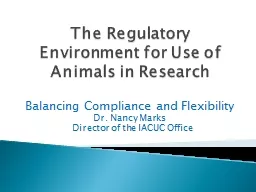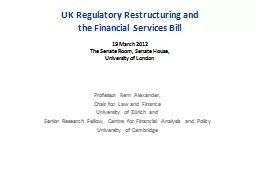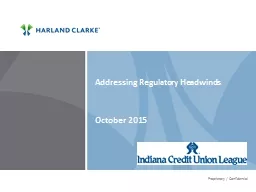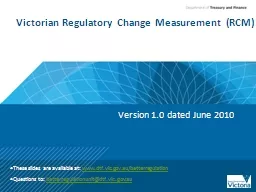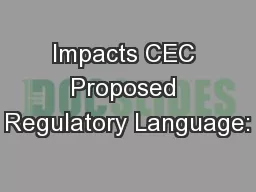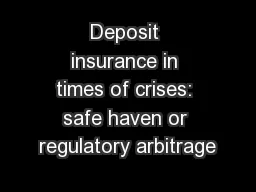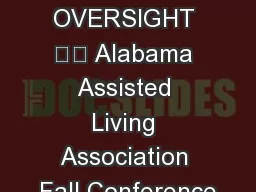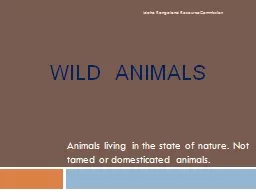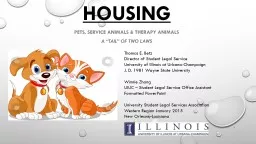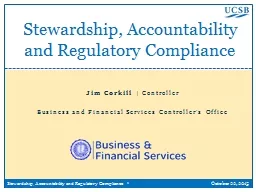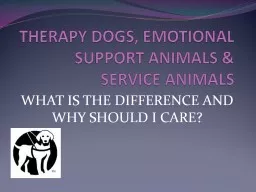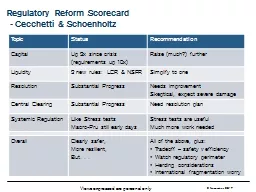PPT-The Regulatory Environment for Use of Animals in
Author : cheryl-pisano | Published Date : 2018-12-08
Research Balancing Compliance and Flexibility Dr Nancy Marks Director of the IACUC Office All vertebrate animals Animal Welfare Assurance Institutional program
Presentation Embed Code
Download Presentation
Download Presentation The PPT/PDF document "The Regulatory Environment for Use of An..." is the property of its rightful owner. Permission is granted to download and print the materials on this website for personal, non-commercial use only, and to display it on your personal computer provided you do not modify the materials and that you retain all copyright notices contained in the materials. By downloading content from our website, you accept the terms of this agreement.
The Regulatory Environment for Use of Animals in: Transcript
Download Rules Of Document
"The Regulatory Environment for Use of Animals in"The content belongs to its owner. You may download and print it for personal use, without modification, and keep all copyright notices. By downloading, you agree to these terms.
Related Documents

